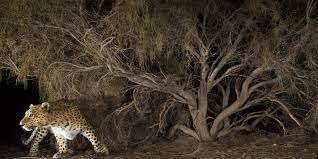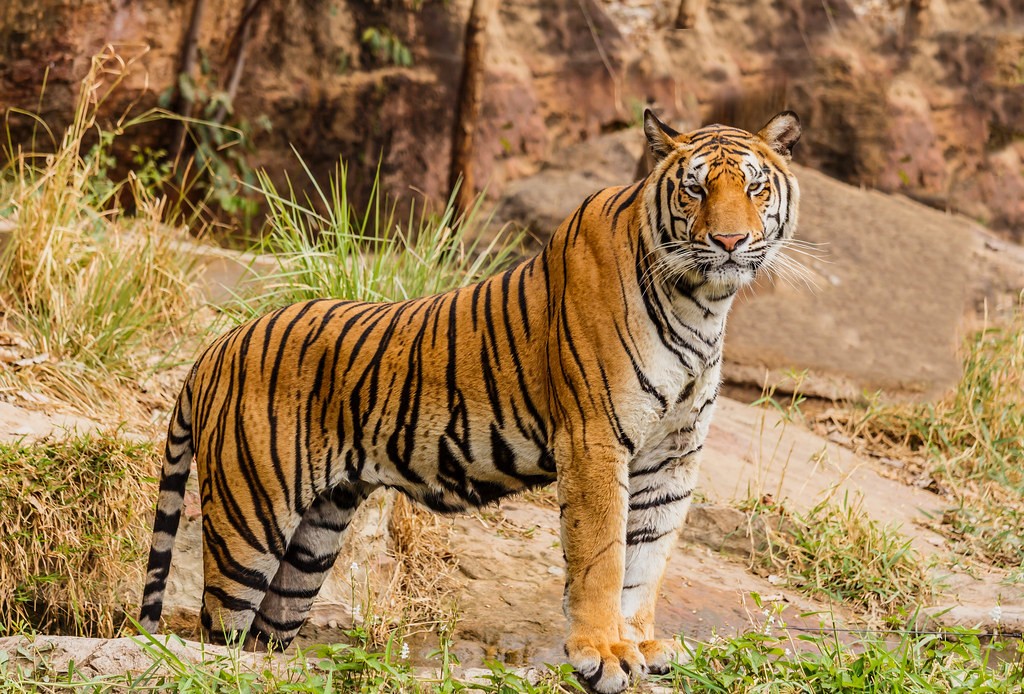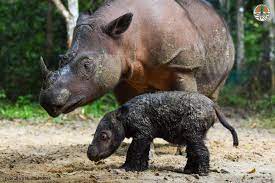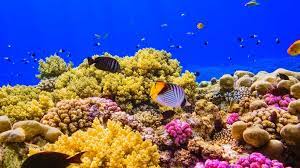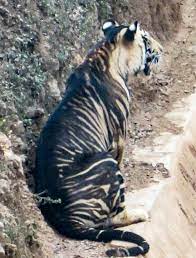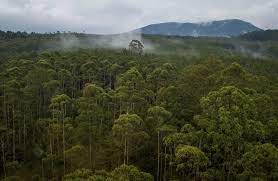If is easy to think that we should not be saving subspecies, but instead investing money in conserving other animals that are still threatened.
Unfortunately, this is the wrong way to look at it. Malaysia tigers only exist in a small strip between Malaysia and Thailand. The dense rainforest here has been standing in its current form for longer than the Amazon or the Congo.
In the 1950s there were 3000 tigers, yet in just 70 years this number has been reduced to just 200.
Subspecies are different – obviously, and their differences actually make a difference in the species survival, as well as its success. Introducing a subspecies from another area can have unexpected effects. If the subspecies is lost, then a different subspecies is likely to fill the niche better than none.
Tiger subspecies while extremely closely related, have evolved for millennia to be suited to their environment. If we take this to its extreme can you imagine reintroducing Sumatran tigers into the frozen wastelands of Siberia? The Amur tiger can measure 3m from head to end of tail, where as a Sumatran tiger only measures 2.4m
My feeling is that we should be moving from concentrating on specific species to ecosystems. it is certainly harder to generate the interest, but by looking at it on the ecosystem level we recognize that we need the apex predators for that ecosystem – whether they are a subspecies version of the tiger leopard or something else.

